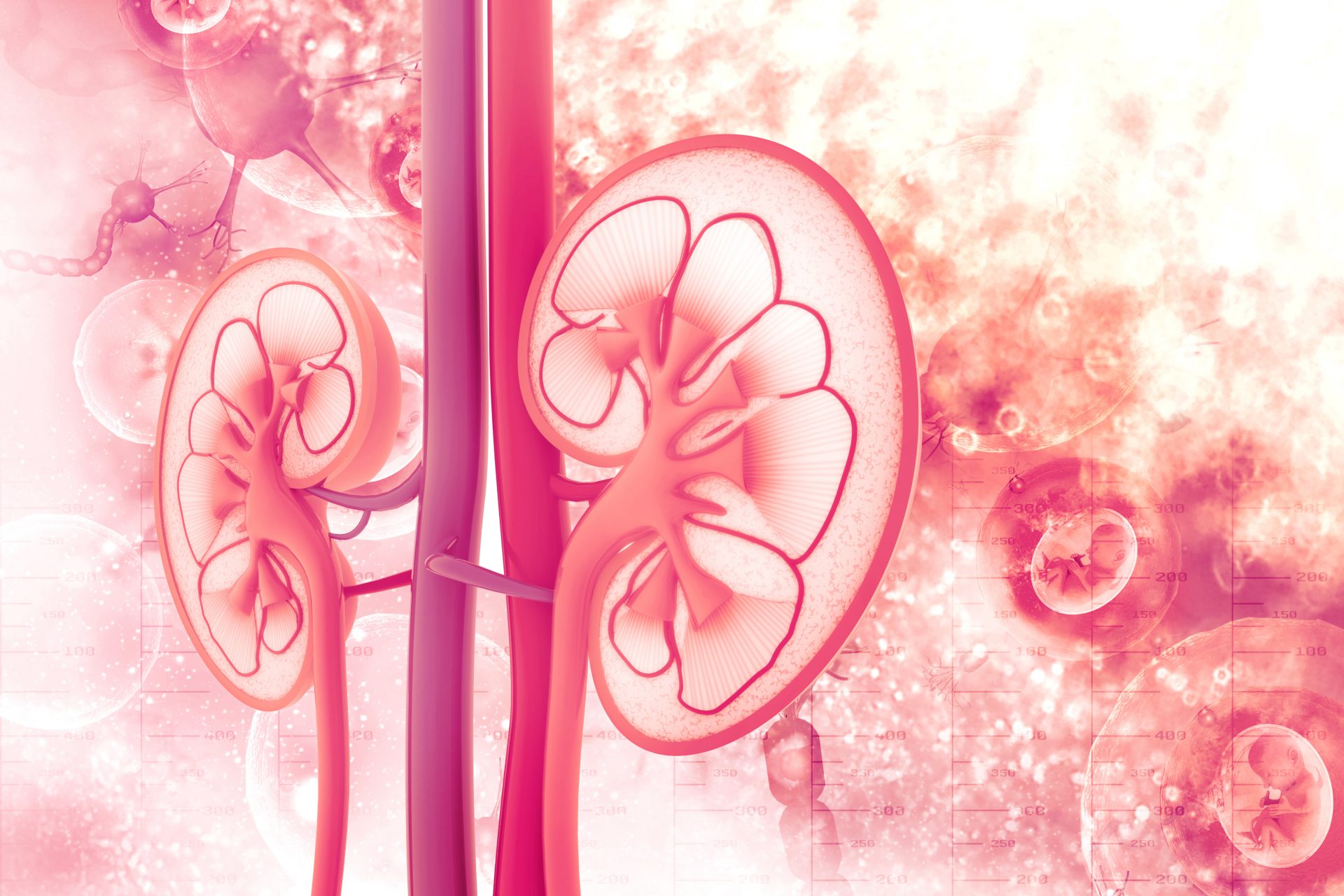Hyperkalemia (serum potassium level >5.0 mEq/L) is associated with cardiac dysrhythmias, sudden cardiac death, and increased risk of mortality. There is a high prevalence of hyperkalemia in patients with chronic kidney disease (CKD), diabetes, and heart failure. Patients treated with renin-angiotensin-aldosterone system (RAAS) inhibitors are at increased risk for hyperkalemia.
RAAS inhibitors convey renal and cardiac protective benefits; however, frequent hyperkalemia associated with use of those agents frequently dictate administration of suboptimal doses or complete discontinuation of use. Treatment of patients for chronic hyperkalemia has traditionally presented challenges; the recent introduction of two new potassium-binding resins has dramatically altered the management of hyperkalemia.
In a recent issue of Expert Opinion on Pharmacotherapy, Chandan Takkar, MD, and colleagues at the University of Texas Health Science Center at San Antonio reviewed key clinical data on the pharmacokinetics, efficacy, and safety of sodium zirconium cyclosilicate (SZC) as a treatment option for hyperkalemia.
The researchers said, “SZC and patiromer are promising new agents for lowering serum potassium in hyperkalemic patients, including those with CKD, with and without diabetes or heart failure, facilitating the use of RAAS inhibitors for renal and cardiac protection. Recent randomized clinical trials have shown that SZC effectively lowers serum potassium and maintains normokalemia in most hyperkalemic patients. Clinical trials showed that SZC lowers serum potassium within 1 hour, although it is not approved for treating acute hyperkalemia. SZC was well tolerated and associated with minimal adverse effects.”
Credit: Original article published here.









